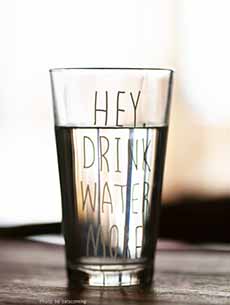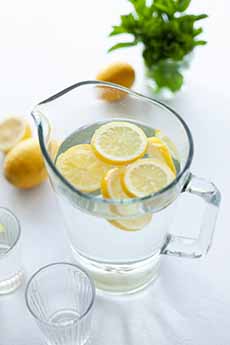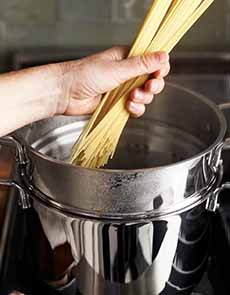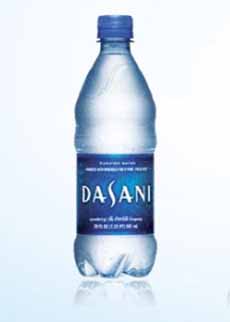It’s Drinking Water Week: Give Silent Thanks For Our Water
|
|
For more than 40 years the American Water Works Association has celebrated the first full week in May as Drinking Water Week. The people of the U.S. enjoy some of the world’s best drinking water. So this week as you drink tap water—or bottled water made from a U.S. municipal water supply*—take a minute to acknowledge the vital role of clean, safe water in our daily lives. Join us in silently thanking all of the people who keep our drinking water safe—the thousands of essential water professionals nationwide whose expertise ensures the delivery of high-quality tap water every day. Who are these people? They include water system workers, vigilant regulators, researchers, public health professionals, and environmental advocates, among others. This year’s celebration also coincides with the 50th anniversary of the Safe Drinking Water Act, established by the United States Environmental Protection Agency (EPA) in 1974. This landmark law was designed to safeguard the public by setting high drinking water quality standards. The EPA has established protective drinking water standards for more than 90 contaminants. Amendments to the Safe Drinking Water Act strengthen public health protection. More than 92% of the population supplied by community water systems receives drinking water that meets all health-based standards all of the time. (We could not find a list of the non-compliant 8% so we could remember not to go there.) The legal limit for a contaminant reflects the level that protects human health and that water systems can achieve using the best available technology. EPA rules also set water-testing schedules and methods that water systems must follow. Here’s more about it. The Safe Drinking Water Act gives individual states the opportunity to set and enforce their own drinking water standards if the standards are at a minimum as stringent as EPA’s national standards. (No matter how stringent, the U.S. does not rank in the Top 10 Cleanest Water In The World.) Dasani and some other brands source their water from municipal water systems. The water is treated with reverse osmosis and nanofiltration to remove impurities. It also has a small amount of mineral salts added to enhance the taste. If you want to drill down, here are the details. To celebrate the week, water utilities, water organizations, government entities, environmental advocates, schools, and others throughout North America will help children and consumers of all ages understand how water is protected, cleaned, and delivered throughout their communities. If your local water utilities or others mark the occasion by hosting educational fairs or facility tours, try to go. Check out the different types of water in our photo-rich Water Glossary. ________________ CHECK OUT WHAT’S HAPPENING ON OUR HOME PAGE, THENIBBLE.COM. |
|
|
|
||






